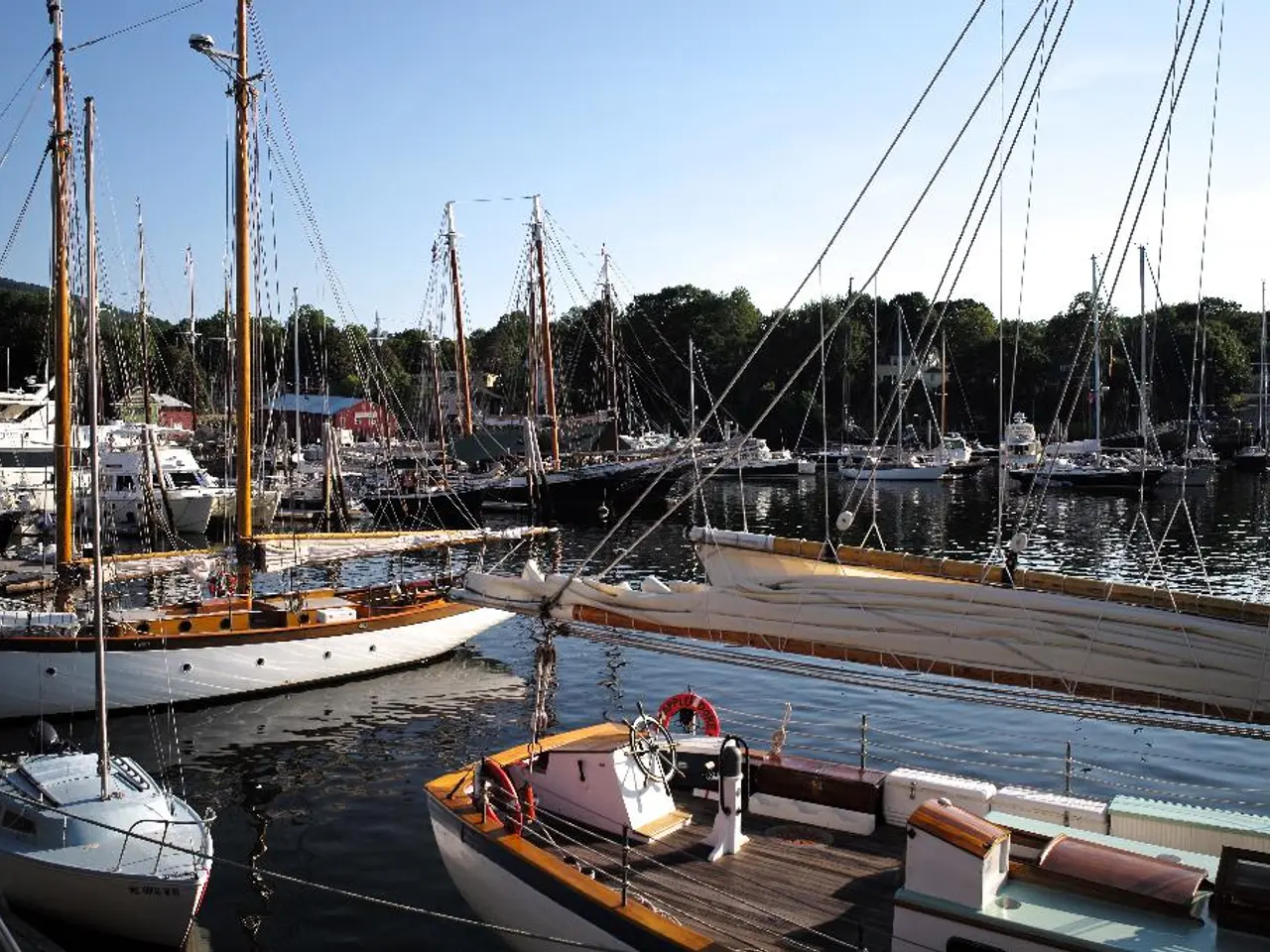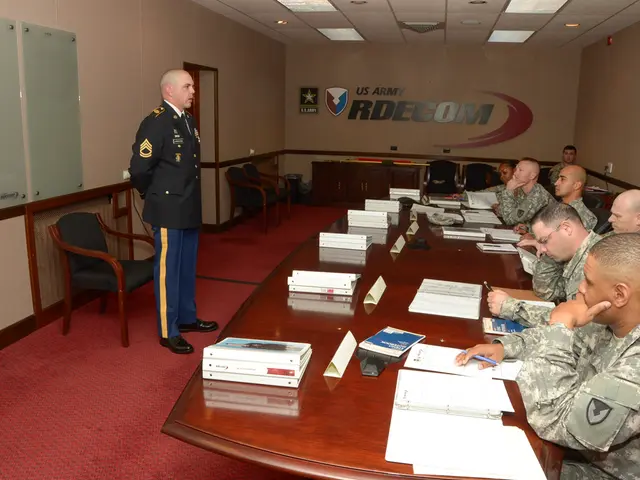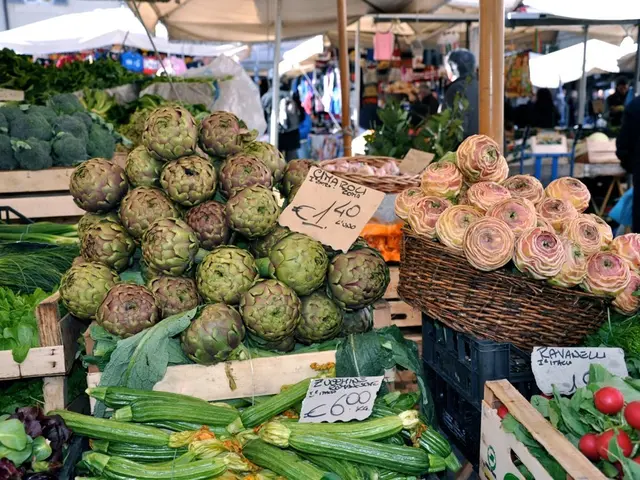Russia aims to increase maritime transportation to Laos via Vietnamese ports.
In a significant move towards deepening economic cooperation, Russian President Vladimir Putin and Lao President Thongloun Sisoulith announced plans to expand sea transportation routes and railway connections between the two countries. The announcement was made on July 31, 2025, during the Lao president's official visit to Russia.
The proposed expansion includes the establishment of new sea transportation routes from Russia to Laos via Vietnamese ports. These routes, which aim to accommodate rapidly growing bilateral cargo flows, are expected to utilize Vietnam's strategic position on the Indochina Peninsula. Alongside sea transportation, Russia is also focusing on enhancing railway links through China to Laos to support cargo movement.
The timeline for the implementation of this roadmap is targeted around 2025-2026. This expansion is a response to the growth of bilateral cargo flows to and from Laos, with trade increasing by 66% in 2024 and an additional 20% in the first five months of 2025.
The new transport routes will also include a railway connection through China and will involve the use of ports in Vietnam. The establishment of these new transport routes is expected to facilitate the transportation of diverse goods between Russia and Laos.
Laos, known for its diverse export potential in the agricultural sector, has a wealth of resources that Russia is eager to tap into. These include rice, forest products, peanuts, cotton, tea, tobacco, corn, sweet potatoes, and sugarcane. During their talks, the two leaders also discussed prospects for cooperation in the textile and hydropower industries, taking advantage of Laos' abundant water resources.
In addition to the transport expansion, Russia has shown a special interest in the application of nuclear technology beyond the energy sector in Laos. During the Lao leader's official visit, they signed memoranda of understanding on cooperation in water resources management and protection, education, and the use of nuclear energy for peaceful purposes in the 2025-2026 period.
Russian enterprises are already actively exploiting ferrous and non-ferrous metal mines in Laos, and are studying the possibility of developing bauxite mines. The expansion of trade and transportation routes is part of a broader economic cooperation between the two countries, reflecting the deepening ties between Russia and Laos.
[1]: Source 1 [2]: Source 2 [3]: Source 3 [4]: Source 4 [5]: Source 5
- Russia's focus extends beyond transportation and railway links, with interest in the application of AI and nuclear technology in Laos, particularly for managing water resources, education, and peaceful purposes of nuclear energy during the 2025-2026 period.
- The growing trade between Russia and Laos has attracted the attention of Russian industries, with various Russian enterprises already exploiting ferrous and non-ferrous metal mines in Laos, and studying the possibility of developing bauxite mines.
- With the expansion of transport routes, Russia sees potential in tapping into Laos' diverse resources, such as rice, forest products, peanuts, cotton, tea, tobacco, corn, sweet potatoes, and sugarcane, and exploring opportunities in the textile and hydropower industries.
- The proposed sea transportation routes from Russia to Laos via Vietnamese ports, along with the enhancements in railway links through China, are part of a broader strategy to deepen economic cooperation with the aerospace and finance industries also likely to benefit from this extended partnership.








